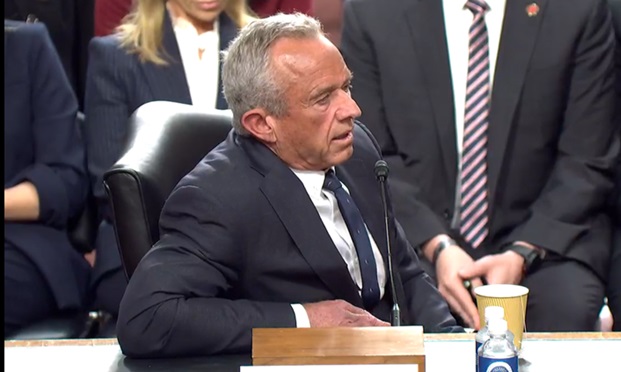Out-of-pocket costs that insured employees pay for a doctor’s visit or an operation in the U.S. keep on climbing.
The average deductible, the amount workers pay for health care before insurance kicks in, jumped 13 percent to $1,221 this year for individual plans, according to a report published Wednesday by the Kaiser Family Foundation and the Health Research & Education Trust. About 50 percent of employees are in plans that have deductibles of at least $1,000 for individual coverage, up from 45 percent in 2015.
Rising deductibles have entered the spotlight recently because they push more of the costs and responsibilities of getting treatment onto consumers. Mylan NV’s prices for EpiPen allergy shots gained public attention as mounting deductibles forced increasing numbers of patients to pay the device’s full cost, more than $600 for a pair.
“Deductibles are difficult for people because the full cost can sometimes be hard to pay,” said Gary Claxton, who oversees the Kaiser survey. “It can be a lot of money when you have things that you need or your kids need.”
Overall, 83 percent of workers are in plans with deductibles, and their numbers have grown steadily over the last decade, from 55 percent in 2006. Yet deductibles are just one piece of the health insurance spending story. Premiums -- the costs of buying a policy -- have been rising more slowly in recent years, thanks in part to higher deductibles that may discourage patients from seeking care.
The trend offers some relief to both employers and workers. Premiums rose just 20 percent since 2011, according to the report. In the five years before that, they grew 31 percent, and from 2001 to 2006, family insurance premiums jumped 63 percent.
The prevalence of high-deductible plans has reduced premium growth by about half a percentage point a year in each of the past two years, the study found. Workers pay about 18 percent of the average $6,435 premium for an individual plan, and 30 percent of the average $18,142 cost of a family plan, the researchers found.
“Raising your cost-sharing is one way to keep premiums in line,” Claxton said. “Higher cost-sharing has been one of the reasons we think that premiums are lower.”
Employers say slowed growth in their health-care spending will probably continue next year, according to preliminary results of a survey released Tuesday by Mercer, an employee benefits unit of Marsh & McLennan Cos. Employers expect their health-benefit costs to rise by about 4 percent on average next year, about in line with annual increases since 2014, according to the survey.
More workers are in plans that pair high deductibles with health savings accounts that are dedicated to paying medical costs, according to the Kaiser study, with about 29 percent in such plans in 2016, compared to 24 percent last year. These plans have a deductible of at least $1,000 for a single person or $2,000 for a family, often with a relatively low premium.
A study released Tuesday by the Health Care Cost Institute found that workers in high-deductible plans with savings accounts used less health care services than workers with other insurance coverage, but ended up spending more out-of-pocket. The study didn’t look at premiums, which are often lower for high-deductible plans.
The Kaiser study, based on a survey completed by more than 1,900 firms, looks at how about 150 million people in the U.S. get their health coverage. Almost all firms with at least 100 workers offer health plans, while only half of those with fewer than 49 employees do so.
© Touchpoint Markets, All Rights Reserved. Request academic re-use from www.copyright.com. All other uses, submit a request to [email protected]. For more inforrmation visit Asset & Logo Licensing.






